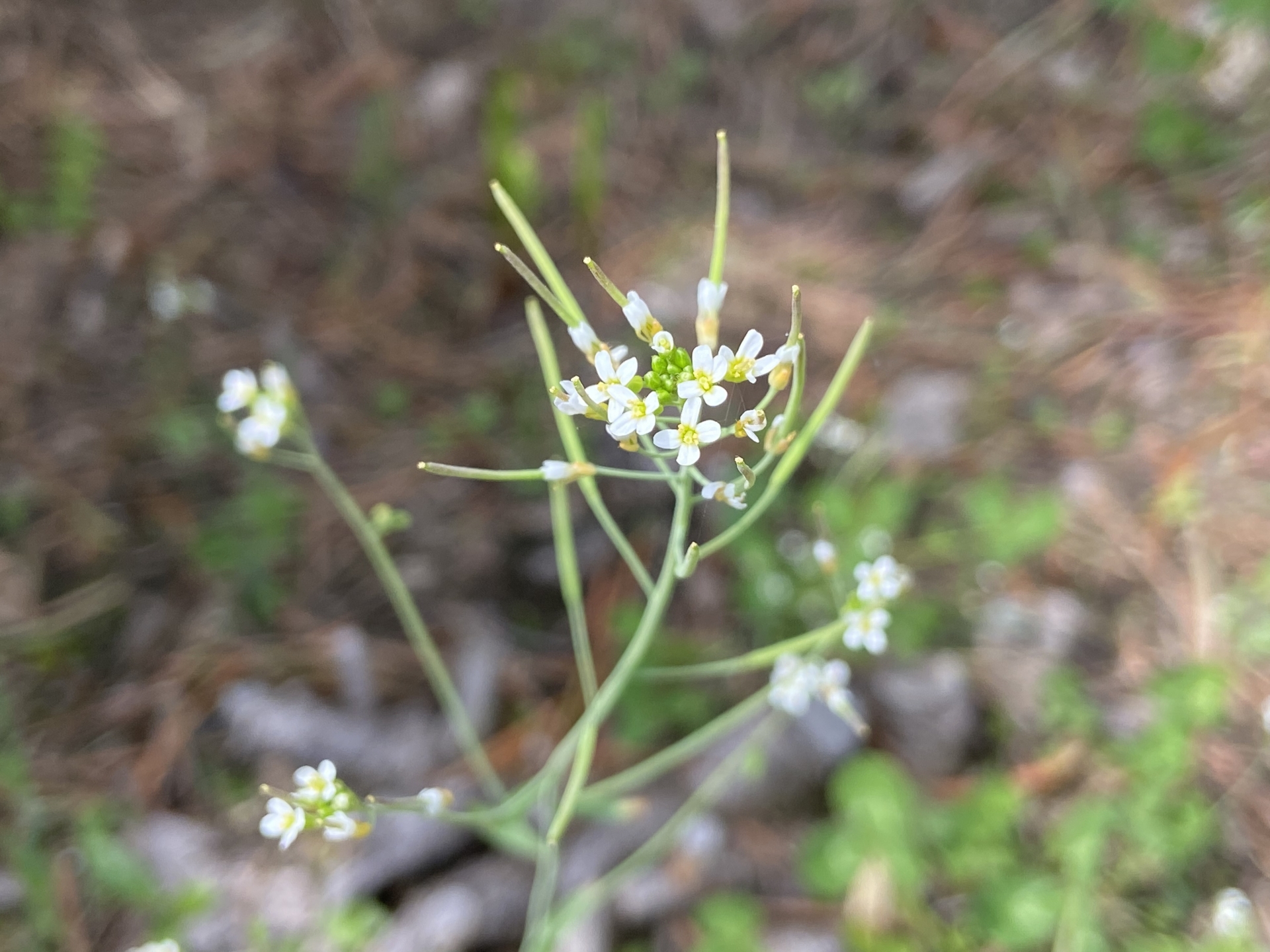A joint research team from the University of Tsukuba and Teikyo University has uncovered the mechanism by which plants regulate cell proliferation during wound repair. The study identified the gene “At2-MMP,” which suppresses cell division, playing a critical role in plant self-healing. This discovery is expected to enhance plant self-repair abilities and improve grafting techniques.

The Role of At2-MMP in Suppressing Plant Cell Proliferation
Plants possess a remarkable regenerative ability to repair themselves even when their stems are cut. However, the detailed mechanisms behind this process have not been fully understood. In particular, research on how cell proliferation is regulated and how this process is properly concluded has been limited.
This study, using the model plant Arabidopsis thaliana, revealed that the gene At2-MMP plays a crucial role in suppressing cell division during tissue repair. In mutants lacking At2-MMP, abnormal cell proliferation was observed at the wound site, and the repair process failed to complete properly. On the other hand, when At2-MMP was overexpressed, normal tissue repair was promoted.Plants regulate cell division through At2-MMP, allowing them to efficiently repair wounds and regenerate normal tissues. This mechanism offers new insights that could enhance grafting techniques and plant self-repair capabilities in agriculture. The findings hold promise for a wide range of applications, including improving grafting efficiency, supporting plant recovery after natural disasters, and developing new agricultural technologies. In particular, there is significant potential for strengthening plants’ resistance to injury and increasing biomass production. Further research into the molecular mechanisms targeted by At2-MMP will likely lead to the development of technologies that dramatically enhance plant repair capabilities.
